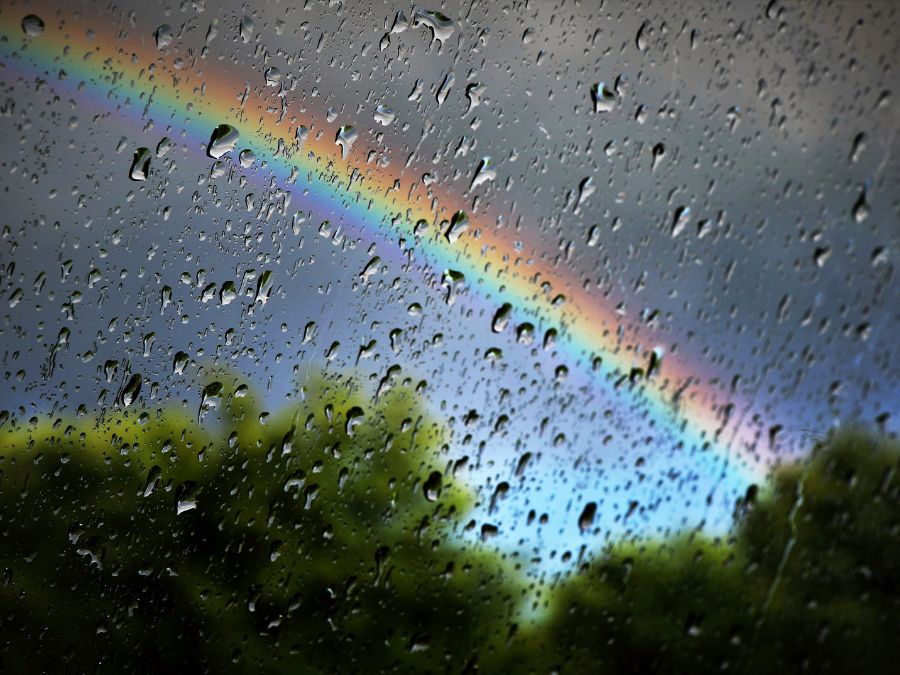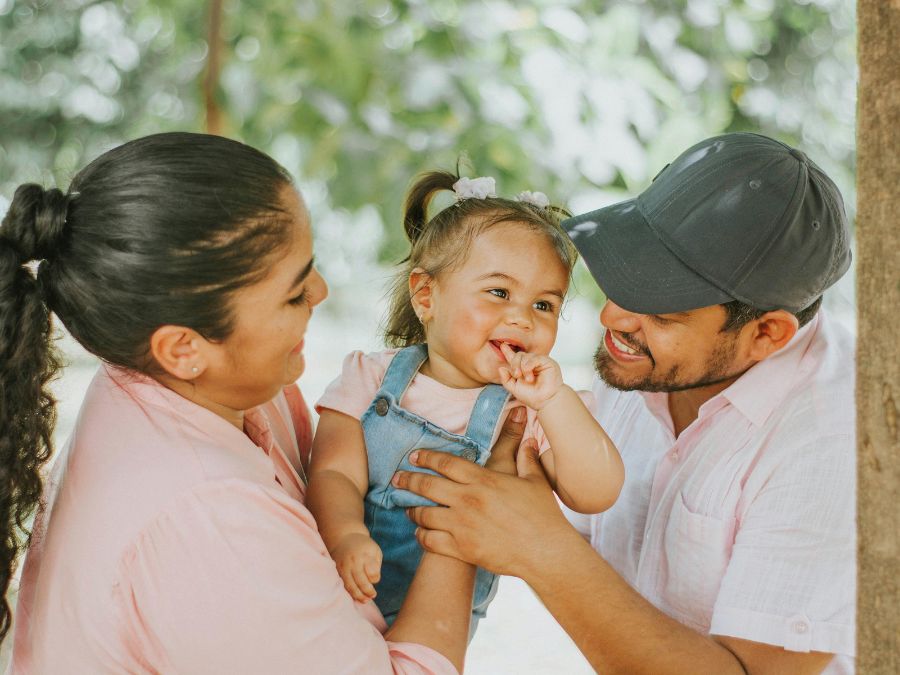
Finding positive childhood experiences during times of crisis
Positive childhood experiences (PCEs) can be practiced in all settings, including times of crisis. Over the last few years, we have witnessed the devastating effects of natural disasters on communities from hurricanes and wildfires to tornados and flooding events. Feelings of overwhelm, grief, and stress take center stage. It can be difficult to find a sense of control, safety, and comfort during these times.
The HOPE framework refers to the key types of experiences all children need to thrive as the Four Building Blocks of HOPE. These broad categories include supportive relationships with adults and peers; safe environments to live, learn and play; opportunities for engagement and belonging; and opportunities for emotional growth. Below are some ideas on how to provide PCEs for children and youth during these challenging times.
Ways to provide PCEs after natural disasters using the Four Building Blocks of HOPE
Relationships
- Make sure that each child has an adult who is primarily responsible for that child. During natural disasters, family members can often become separated and are unable to communicate initially with each other. Assign each child to an adult. Let that adult know that their job is to always keep track of the child’s location.
- Consider having family check-ins once a day, even during periods of relocation and clean-up. Bring the whole family together to debrief on the current situation and any relevant next steps. Plans and expectations can change quickly during disasters. Make sure everyone is informed including both the adults and children. Taking time each day to share important information with the children can help ease anxiety about the unknown.
- As unnerving as the situation may feel, attempt to have moments of connection with the children throughout the day. It can be as simple as prolonged eye contact, a kiss on the forehead, or a squeeze of the hand. Remind the kids that you all still have each other.
Environment
- We cannot always guarantee a safe physical environment during natural disasters, but you can be your child’s safe space. To the best of your ability, be with your child at bedtime as they fall asleep. The environment will likely be completely different from what they are used to. Having a trusted caregiver or adult close by can help bring them peace and a sense of safety.
- If you need to evacuate your home, grab something soft from your child’s room that smells like your house. It can be a stuffed animal, a small pillow, or a favorite sweatshirt. This item can be used as a pillow.
Engagement
- It is normal for adults and children to feel helpless during moments of crisis. Think about something concrete you and your family can do, however small, to take control of the situation. If you are still in your home, assign age-appropriate clean-up tasks that involves everyone. If you had to evacuate, encourage the older children to engage with the younger children through storytelling, hide-and-seek, and other bonding activities.
Emotional Growth
- During check-ins, model sharing your feelings. You are going through an incredibly challenging time, and it is ok to not be ok. Share with your children how you are feeling and encourage them to share what is happening to them.
Resources to help those who have been affected
Support is fundamental to recovery efforts. Below are ways to offer help to those communities affected by natural disasters.
- Donate to a disaster relief organization.
- Find places to donate blood and plasma
- Volunteer at the Red Cross or with other organizations that provide disaster relief.


